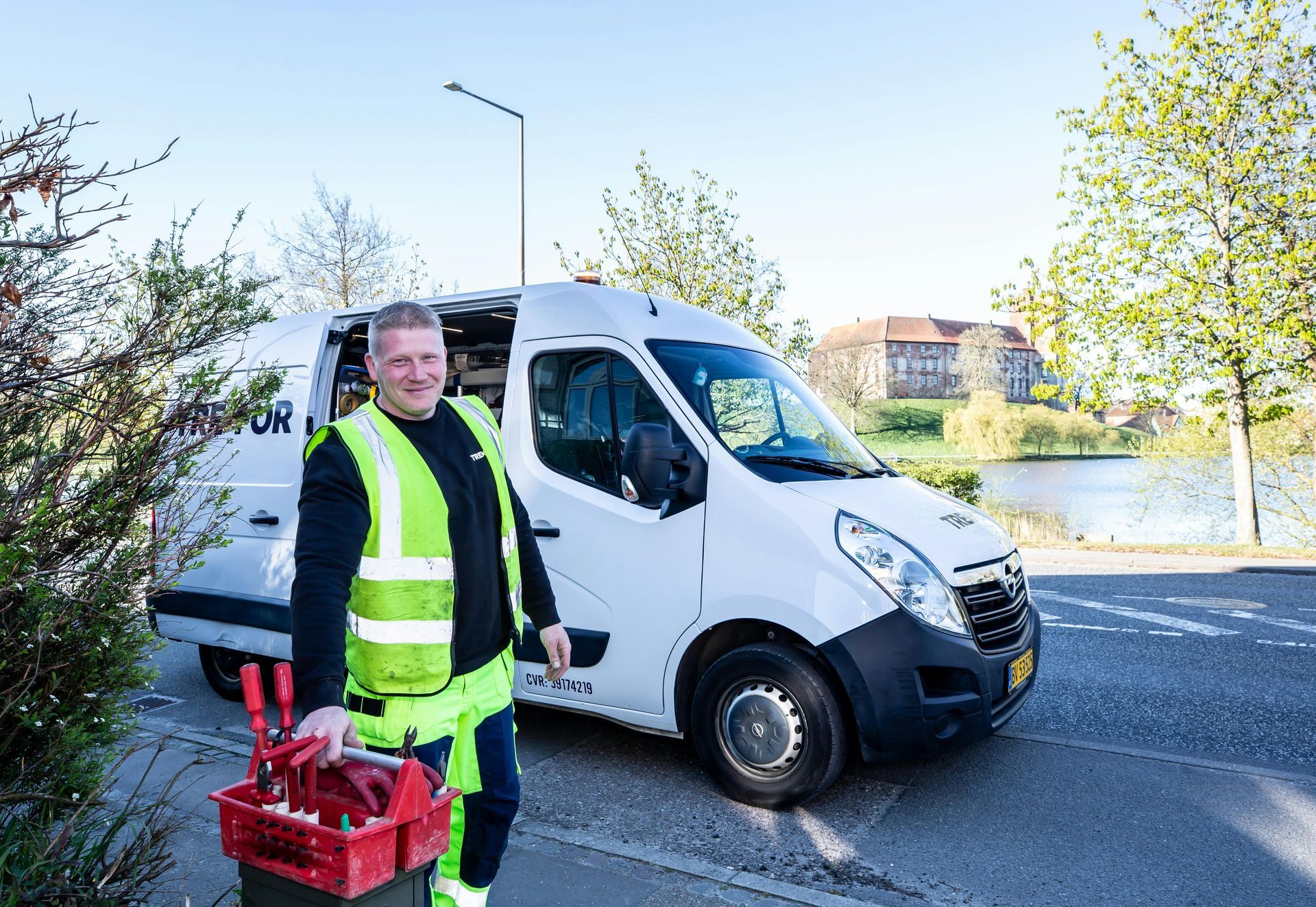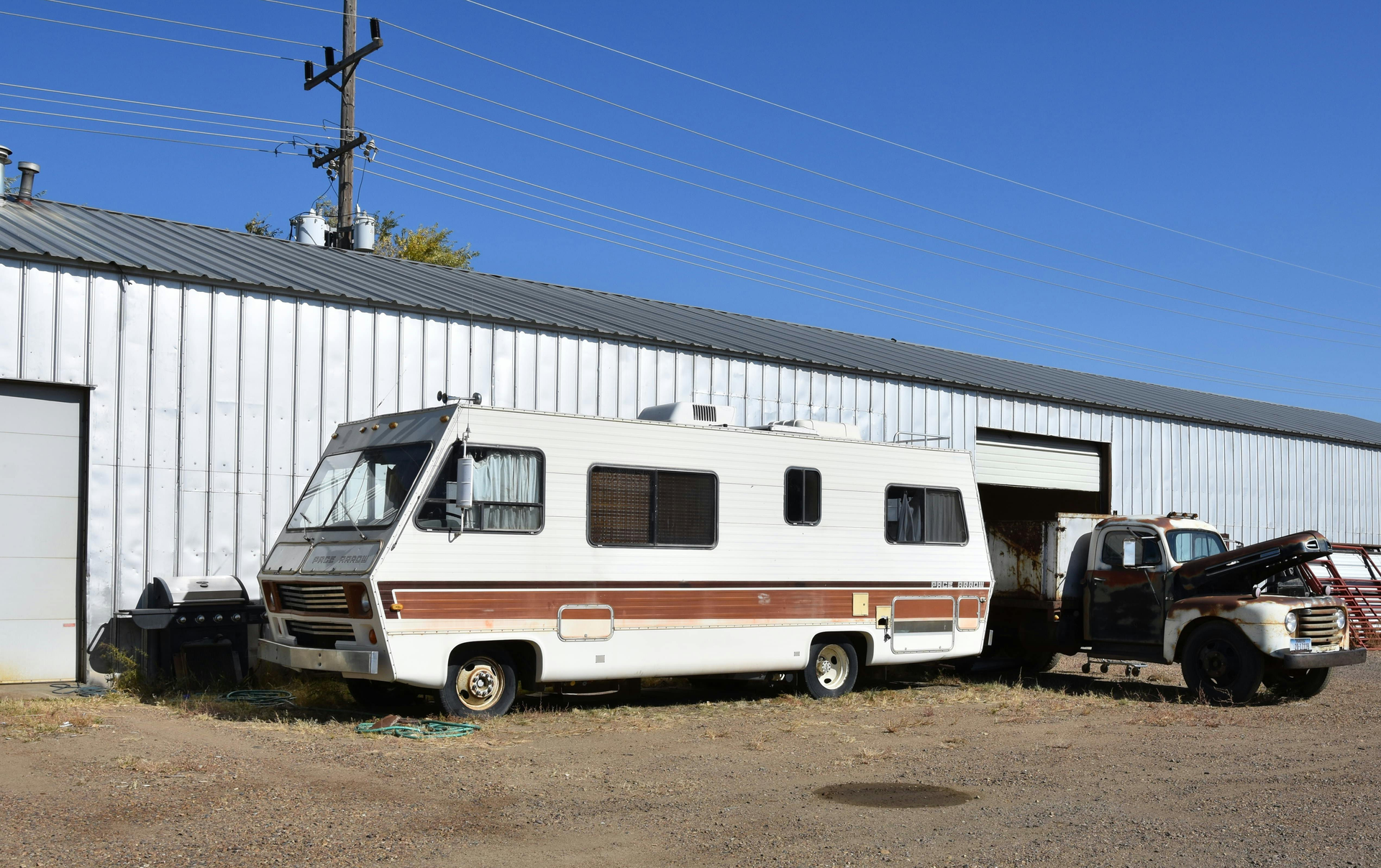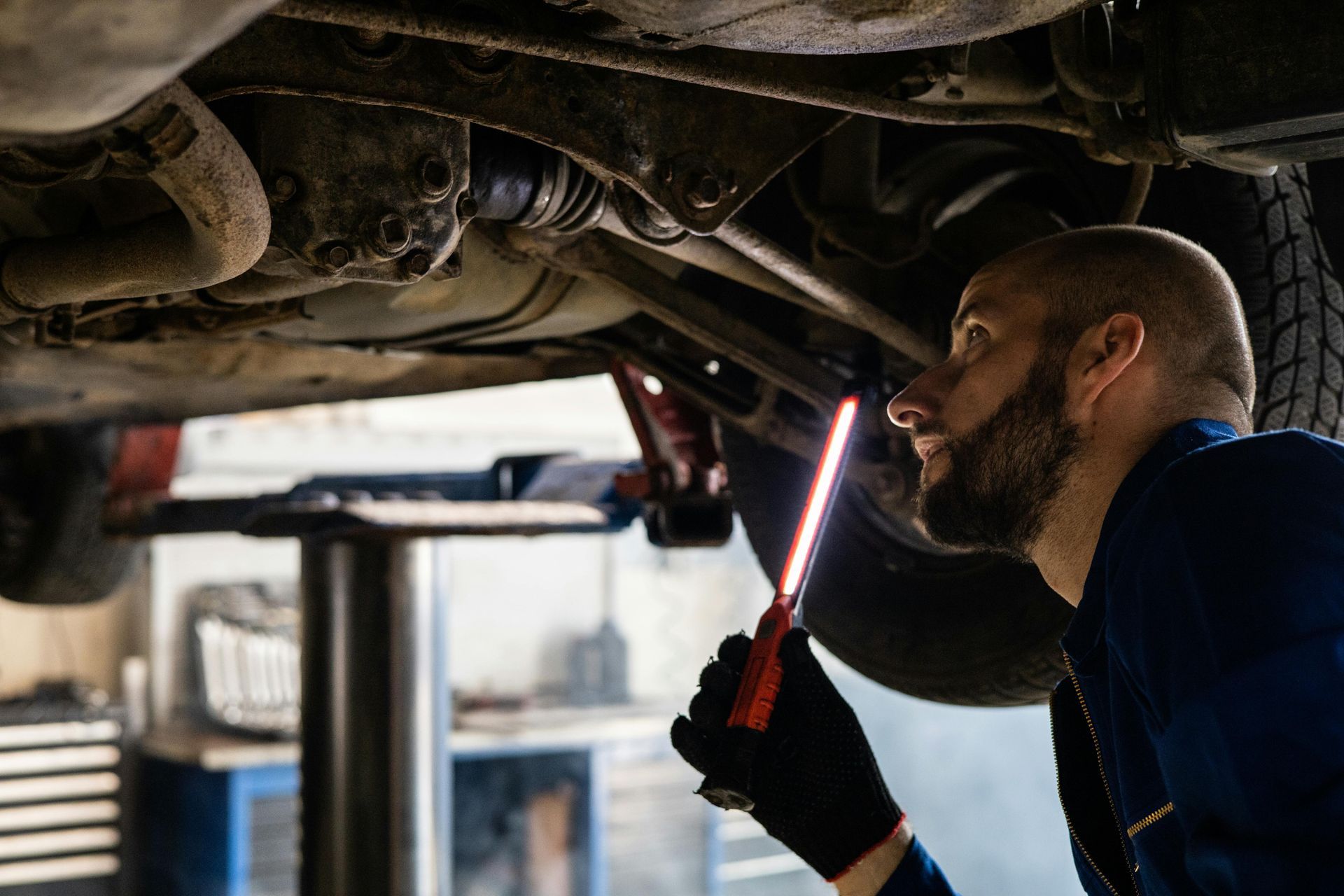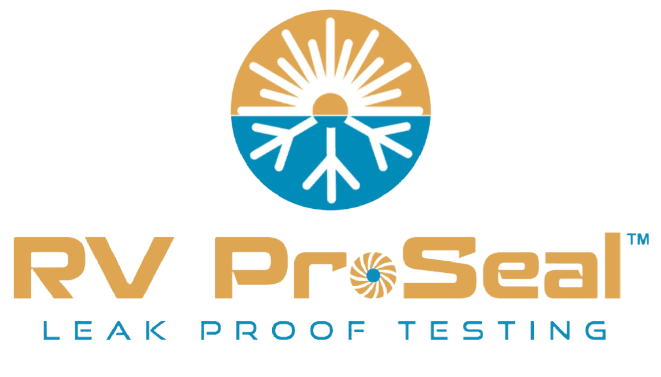Why consider using an RV Cover
There is a healthy debate online over the pros and cons of using an RV cover. That said, we noticed many of the poor experiences were due to poor quality cover choices or not using the proper cover for the climate the RV must weather. Proper fit and function are critical elements to protect your RV, as you would expect.
We hear some of the cons related to moisture build-up, chaffing damage to the exterior finish, the cumbersome size to install or remove, and then there is the price. Other than the install, the other cons mentioned can be addressed with choosing the right cover for your specific RV.
Some of the pros are protection from expensive repair costs caused by UV damage, failed waterproofing seals, protects resale values and covers cost less than paying for inside or covered storage.
Unless you have inside winter storage or a large roof cover to store your RV during the winter, chances are it is sitting outside. When exposed to the elements, all of that sitting can do a lot of harm over time. There is a straightforward way to protect your investment—use an RV cover.
Choose The Right Cover
First, this is very important: we’re not talking about wrapping your RV with any old covering. You’ll find lots of campers using the infamous blue tarp in driveways and at storage yards across the country. While this will do in a pinch for the short term, these tarps aren’t made specifically to cover RVs. You are getting some protection but can experience all the cons outlined earlier. Blue, brown, clear tarps should never be used as a longer solution.
You want a cover that’s designed for your rig and 4-seasons for winter protection. These covers are made to fit your rig so you can be sure it’s sized appropriately. Look for one that will fit snugly, with reinforced corners and gutter protectors to help prevent tears or frays.
Here are a few things RV-specific covers will guard against:
- Ultraviolet Light
It’s hard to argue that a beautiful, sunny winter day. But when your RV is sitting in storage, the sun’s UV rays are fading its colours, drying out its paint, cracking the roof seals, and doing damage to the entire rig.
Find a cover made of a material that will block UV rays. Any covers made light in colour to reduce temperature build-up, and from polyester or polypropylene —especially if it’s double or triple-layered. Many are treated specifically to provide extra UV protection.
- Moisture
Water is one of an RV’s enemies, specifically when it’s trapped under a tarp or poor cover. If condensation collects below the cover and can’t escape, it provides a breeding ground for mold and mildew. In more extreme temperatures, it can lead to freezing and cracking around the roof.
The best RV covers will be waterproof yet breathable. Small pores in the fabric allow moisture to evaporate without allowing water droplets in.
- Wind
Windy conditions can catch tarps or poorly chosen covers and cause them to billow out. This causes strain on straps, bungee cords, or ropes that might be holding it in place or cause them to smack against your RV.
Covers with patented vent flaps help reduce billowing, while elastic can help hold the cover tight against the RV. This way, you are getting maximum protection from the elements with little risk of your cover getting loose and ending up at the other end of the storage yard.
- Snow & Ice Protection – 4 Season Cover
Less expensive covers will NOT be a 4-season rated cover. Some less expensive covers are only designed to protect UV, wind, and sand for southern USA climates.
Outdoor storage during Canadian winters requires a true 4-season cover. Some provinces are seeing more dramatic winter weather shifts from heavy snowfall one day to freezing rain the next with considerable ice buildup. This freeze, thaw cycle for RV’s stored outside enlarge small sealant failures into becoming big ones, while you cannot inspect your RV for several months.
RV ProSeal carries a wide selection of premium covers for various RV types, and we’re happy to help you find the perfect fit for your RV. Get your RV Cover.
RV ProSeal is the first and leading Canadian company specializing in mobile RV leak prevention, leak detection and waterproofing repair.
You might also like






